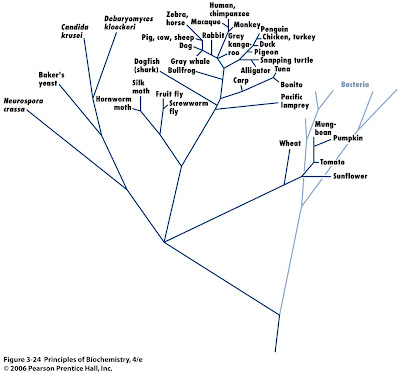brother Paul
Member
And here is a clincher for ya:
Paul observes (and actually has) that Barbarian has not observed at least 1/2 of what "Barbarian observes".
It is so funny...I love it and you, but really I know and more importantly the Holy Spirit KNOWS you have never "observed" much of what you say you have "observed" most of which has NEVER been OBSERVED by anyone. This is why sometimes I laugh. Not at you but at the absurdity of the claim. But stick to your beliefs and keep piling up support, it makes these threads engaging.
Siincerely,
Homo Cogito
Paul observes (and actually has) that Barbarian has not observed at least 1/2 of what "Barbarian observes".
It is so funny...I love it and you, but really I know and more importantly the Holy Spirit KNOWS you have never "observed" much of what you say you have "observed" most of which has NEVER been OBSERVED by anyone. This is why sometimes I laugh. Not at you but at the absurdity of the claim. But stick to your beliefs and keep piling up support, it makes these threads engaging.
Siincerely,
Homo Cogito
Last edited:
